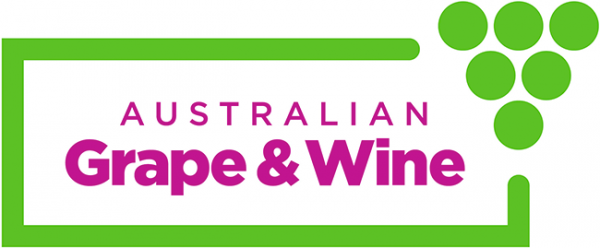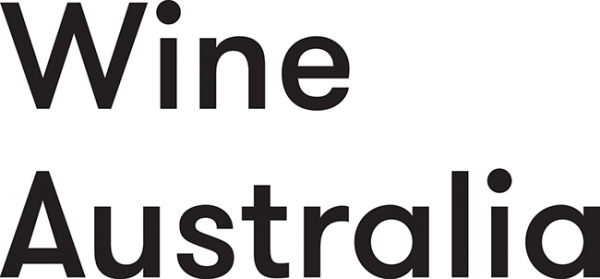| 2018 ASVO Seminar; Fermentation- Converting research to reality | |
| Chemistry of Fermentation: Water into Wine Dr David Jeffery, The University of Adelaide |
| Rising berry sugar levels due to warmer grape ripening periods and delayed harvests during compressed vintages can lead to wines with increased alcohol concentrations. This poses challenges for winemakers in warm viticultural regions, in terms of fermentation performance, wine quality and balance, consumer perceptions and health considerations, and greater taxes or duties on exports. Pre-empting recent changes to regulations, we explored the use of pre-fermentative addition of water to dilute initial must sugar concentrations, after proportional removal of juice to maintain the solid-to-liquid ratio of the must. Studies were conducted over several seasons using Cabernet Sauvignon and Shiraz harvested from McLaren Vale under differing vintage conditions. The water implementation approach was compared to substitution with “green harvest wine” and to an early harvest regime using fruit of different maturity levels. Wines underwent chemical and sensory analyses to evaluate the impacts of each approach. Importantly, large decreases in final wine alcohol content could be realised with relatively benign impacts on wine composition and sensory characters, although the outcomes depended on the vintage conditions. Attributes determined by grape maturity tended to be retained in the wines, such that in a hot, dry vintage with evident berry shrivel as experienced in 2015, treated wines were perceived as similar to the control in terms of hotness and dried fruit/jammy characters. | |
Video- Chemistry of Fermentation: Water into Wine
Our Partners and Sponsors










prev
next
